Wearing a Kimono at a Tea Ceremony
A Living Tradition in Kyoto
- Introduction: The Beauty of Kyoto’s Living Traditions
- The Kimono: More Than Just a Garment
- Kyoto: The Perfect Place to Experience a Tea Ceremony
- What Is a Japanese Tea Ceremony?
- Why Wear a Kimono at a Tea Ceremony?
- Choosing the Right Kimono for a Tea Ceremony
- Step-by-Step: Your Tea Ceremony in Kyoto in a Kimono
- Where to Experience a Kimono Tea Ceremony in Kyoto
- Tips for First-Timers
- Tea Ceremony and Kimono Photography in Kyoto
- Conclusion: A Living Tradition You Can Experience
Introduction: The Beauty of Kyoto’s Living Traditions
Kyoto, Japan’s cultural heart, is the city where ancient traditions still live in harmony with modern life. Among the countless customs preserved here, the tea ceremony (茶道, sadō or chadō) holds a special place. It is not only about drinking tea but about harmony, respect, purity, and tranquility. And nothing embodies this ritual more than the kimono, the traditional garment worn during this unique cultural experience.
If you are visiting Kyoto, wearing a kimono at a tea ceremony is one of the most memorable and authentic activities you can enjoy. It allows you to immerse yourself in centuries of Japanese culture, appreciate delicate aesthetics, and take unforgettable photographs in historic tea houses and serene gardens.
👉 Capture your own Kyoto kimono tea ceremony moments with a professional photo session: AllPhotos Kyoto.
The Kimono: More Than Just a Garment
The kimono is far more than clothing. It is a symbol of Japanese identity, deeply tied to cultural values, seasonal changes, and social meaning.
- Etymology: The word “kimono” literally means “thing to wear.”
- Seasonal beauty: Kimono patterns and colors change with the seasons—floral motifs for spring, cool fabrics for summer, warm tones for autumn, and elegant silks for winter.
- Occasions: Worn for weddings, festivals, funerals, and cultural events like tea ceremonies.
- Symbolism: The layers, fabric, and even the way the obi (belt) is tied represent not just style, but tradition and respect.
During a tea ceremony, the kimono emphasizes the formality, dignity, and timeless nature of the ritual.
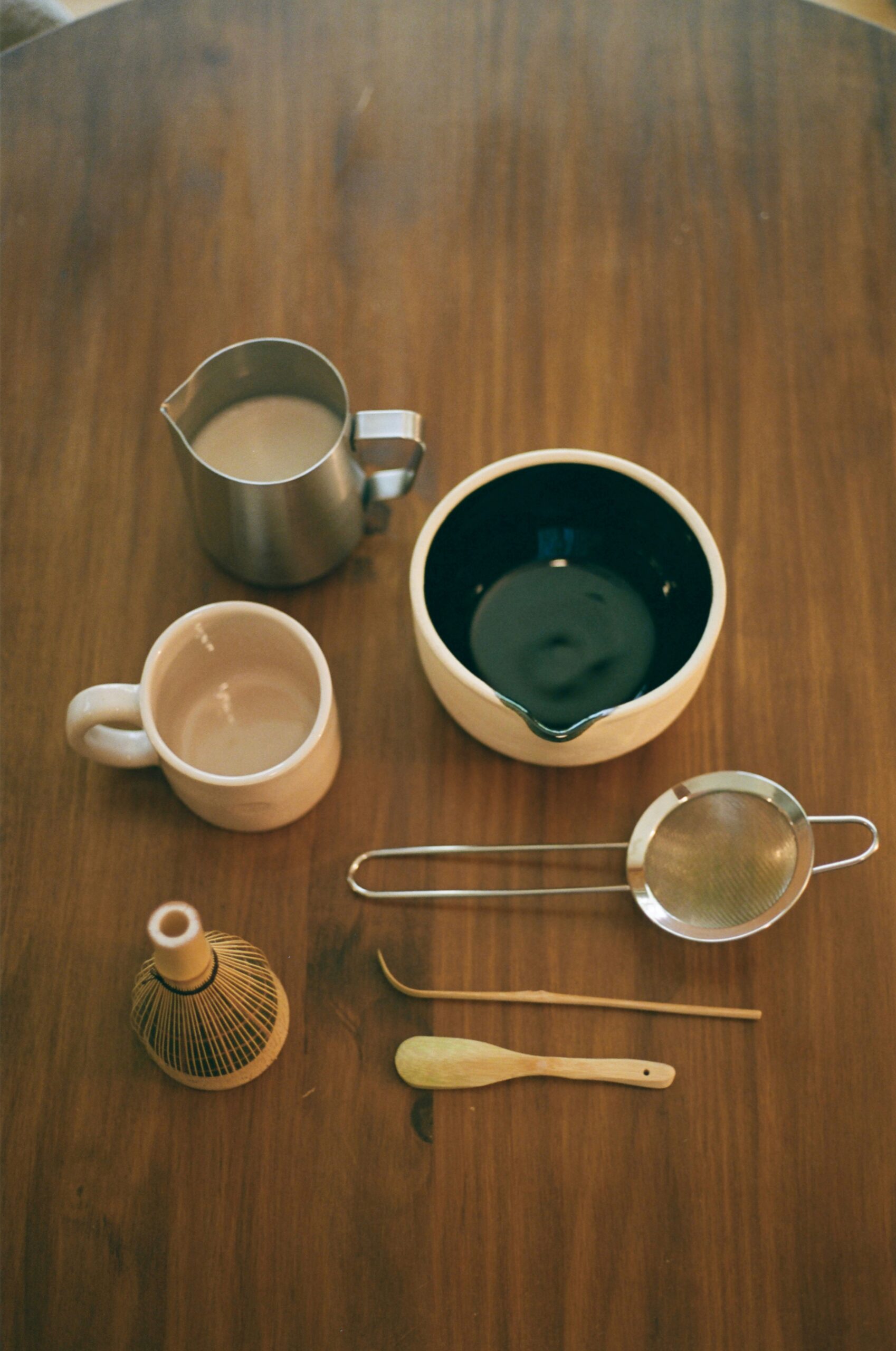
Essential tea ceremony utensils that complement the kimono tradition
Kyoto: The Perfect Place to Experience a Tea Ceremony
Unlike Tokyo’s modern and fast-paced lifestyle, Kyoto is the preserved soul of Japan. It was the imperial capital for over a thousand years, making it the ideal backdrop to explore tea ceremonies and kimono culture.
- Historic tea houses can be found in Gion, Higashiyama, and near famous temples such as Kiyomizu-dera and Nanzen-ji.
- Zen gardens provide the tranquil atmosphere essential to the ceremony.
- Cultural districts like Gion, where geisha and maiko still walk in kimono, enrich the overall experience.
Kyoto offers the unique chance to step into a scene where tradition is still alive—where the kimono and the tea ceremony perfectly intertwine.
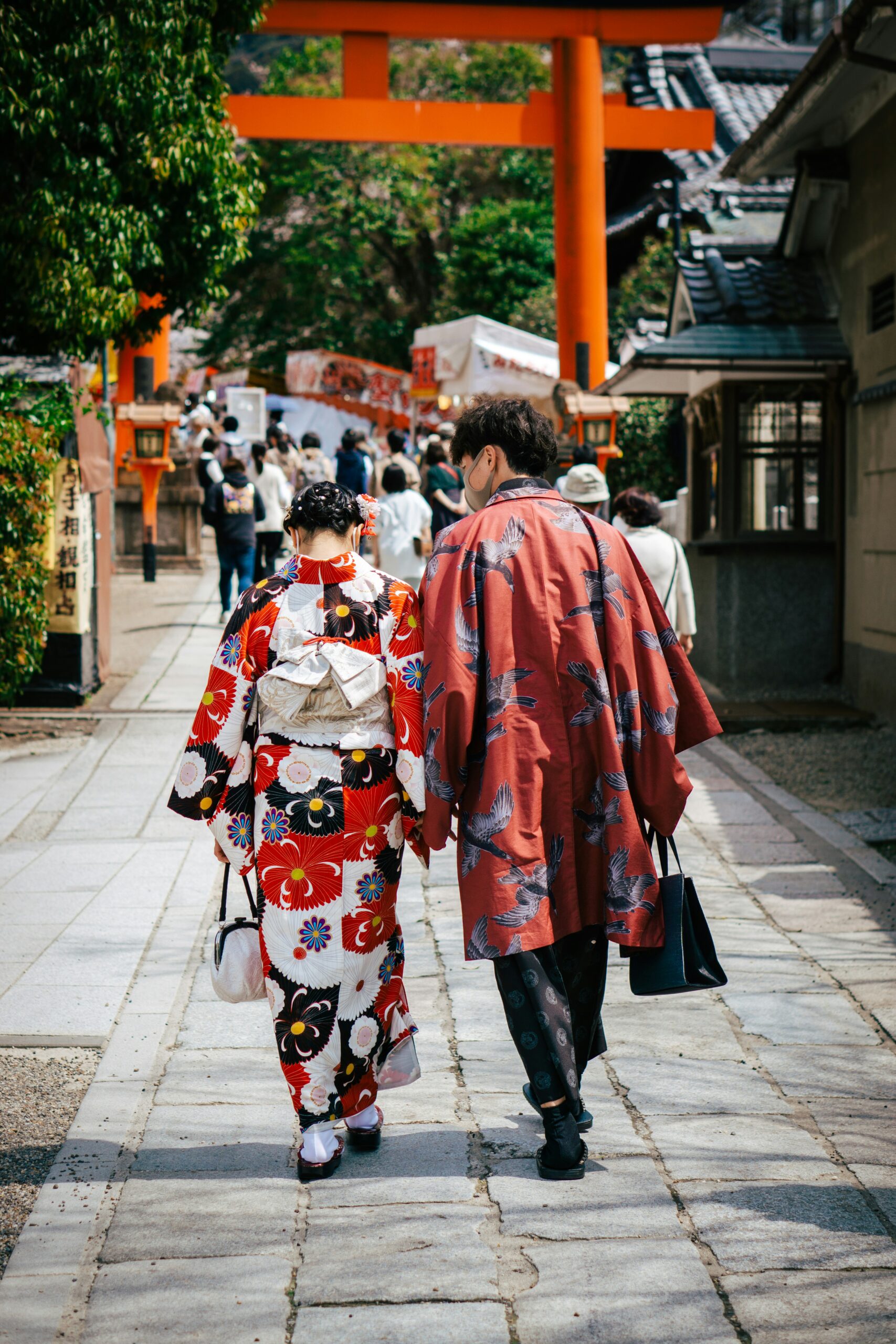
Couples enjoying the authentic atmosphere of Gion district in traditional kimono
What Is a Japanese Tea Ceremony?
The Japanese tea ceremony, or chanoyu, is an art form rooted in Zen Buddhism. Every gesture, object, and detail has meaning:
- Tea utensils (chawan, chasen, chashaku) are chosen carefully.
- Movements are precise and elegant, reflecting mindfulness.
- Architecture and environment are designed to create harmony with nature.
- Guests wear kimono to respect the host and the tradition.
- The ritual teaches humility, respect, and appreciation for the present moment.
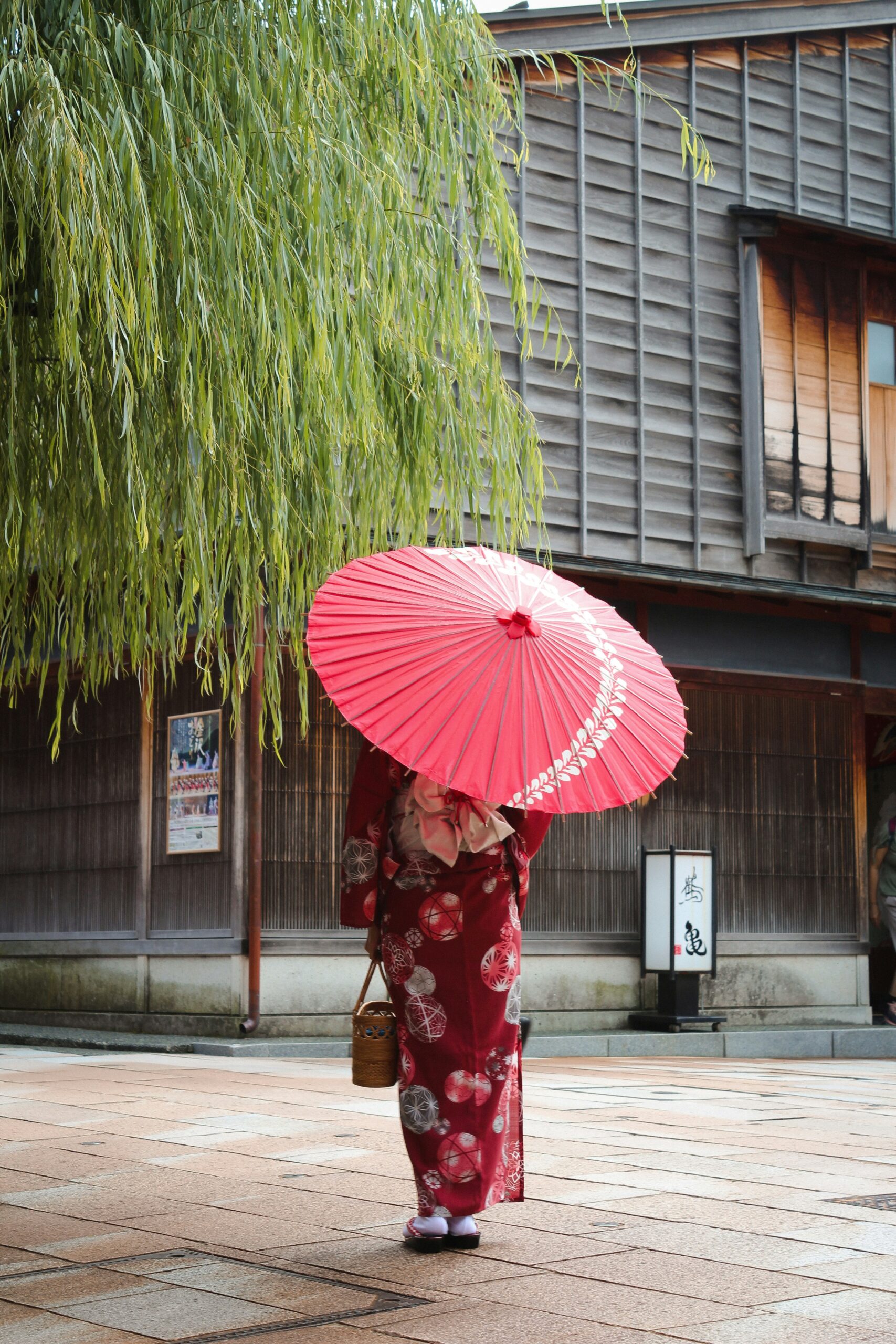
The serene Zen gardens of Kyoto provide the perfect backdrop for tea ceremony meditation
Why Wear a Kimono at a Tea Ceremony?
Wearing a kimono is not just about style—it’s about participation in the ritual. Here’s why it matters:
- Respect: Dressing traditionally shows respect to the host and the ceremony.
- Aesthetic harmony: The kimono’s colors and patterns blend beautifully with the tea room and seasonal decorations.
- Immersion: You feel the culture more deeply when dressed as people have for centuries.
- Photography: Wearing a kimono transforms your tea ceremony photos into timeless works of art.
👉 Book your own kimono photo session in Kyoto: AllPhotos Kyoto.
Choosing the Right Kimono for a Tea Ceremony
Different kimono styles exist, and choosing the right one is key:
- Furisode: Long-sleeved kimono, usually worn by young unmarried women.
- Tomesode: Formal kimono for married women, with patterns below the waist.
- Komon: Everyday patterned kimono, elegant but less formal.
- Montsuki: Men’s formal kimono, usually black with family crests.
For a tea ceremony in Kyoto, women often wear subdued but elegant colors, while men wear simple, refined designs.
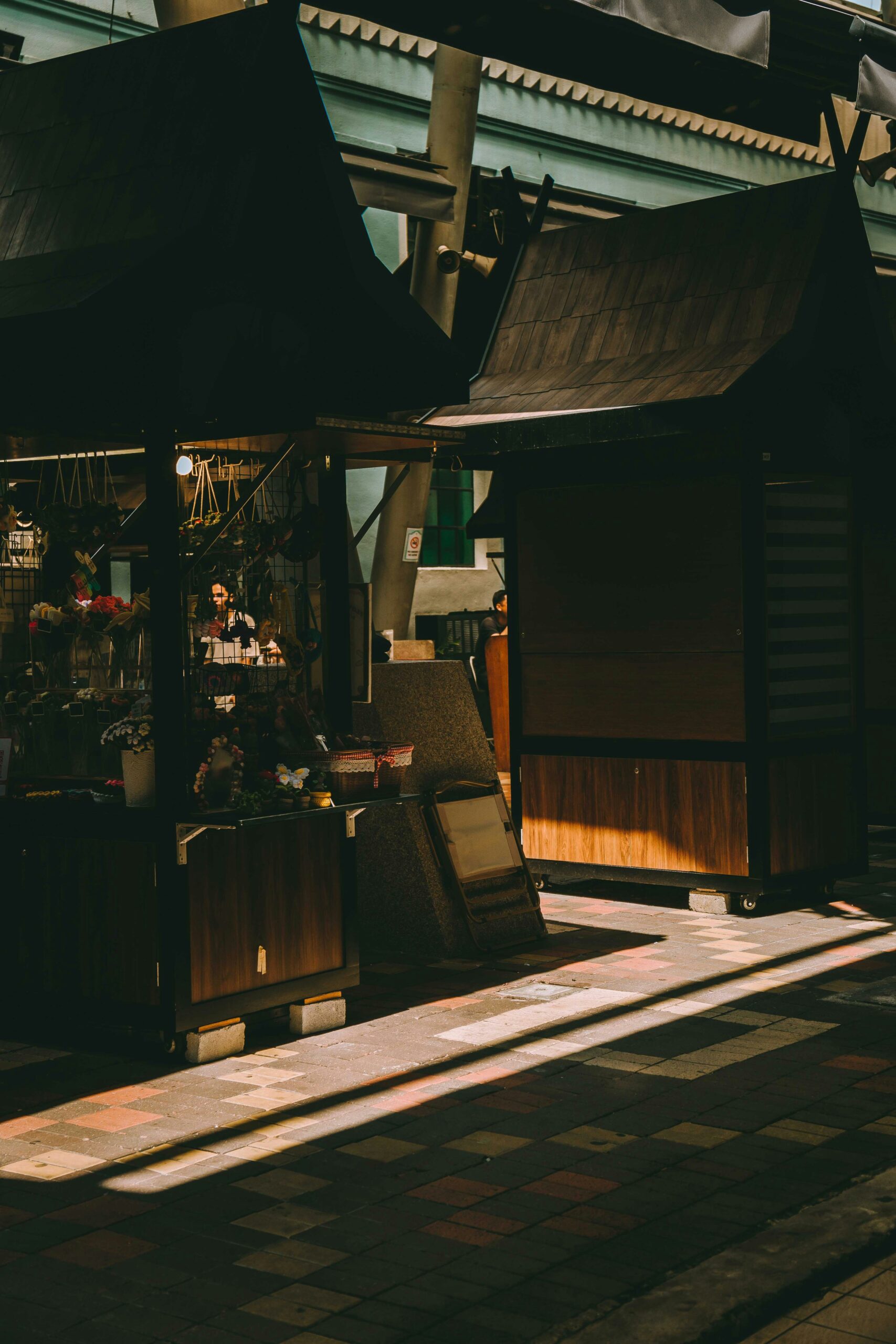
Professional kimono rental shops in Kyoto offer authentic seasonal selections
Step-by-Step: Your Tea Ceremony in Kyoto in a Kimono
- Kimono rental: Start at a kimono rental shop in Kyoto, where professionals dress you properly.
- Tea house arrival: Enter a machiya (traditional wooden townhouse) or temple tea house.
- Seating: Guests sit on tatami mats, often in seiza (formal kneeling position).
- Ritual begins: The host purifies utensils, prepares matcha, and serves tea.
- Appreciation: You admire the tea bowl, bow respectfully, and drink the tea.
- Reflection: The ceremony ends with a shared feeling of peace and connection.
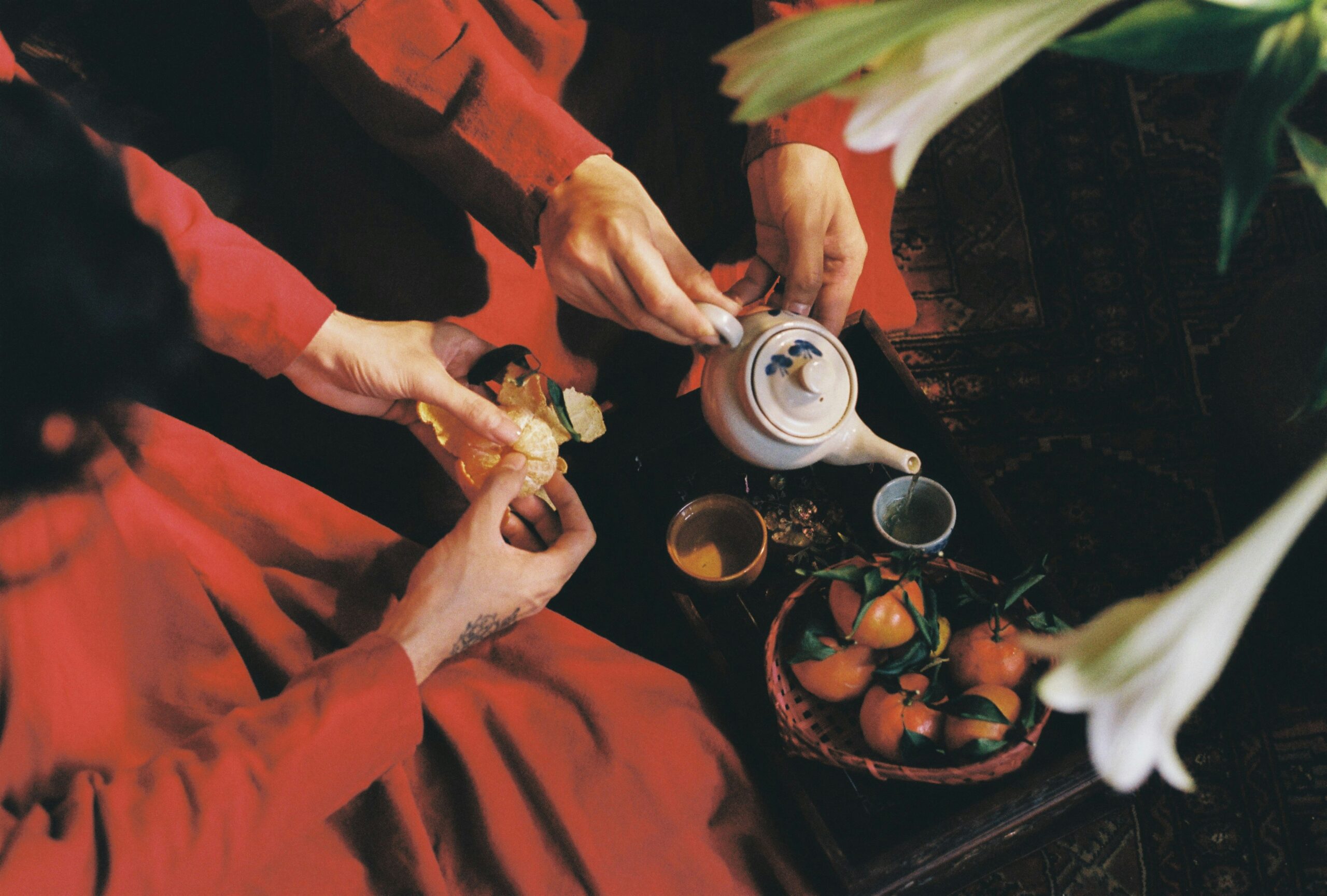
Authentic tea house interiors maintain the traditional atmosphere essential to the ceremony
Where to Experience a Kimono Tea Ceremony in Kyoto
Some of the best locations include:
- Gion district: Tea ceremonies with views of historic streets and lantern-lit evenings.
- Urasenke school: One of the most famous tea schools in Kyoto.
- Kodaiji Temple: Offers ceremonies in beautiful Zen gardens.
- Private tea houses: Perfect for personalized experiences and photography.
Tips for First-Timers
- Arrive early: Dressing in kimono takes time.
- Mind your posture: Sitting in seiza can be challenging—take breaks if allowed.
- Follow etiquette: Bow, use polite language, and admire the utensils.
- Enjoy the moment: It’s not just about drinking tea—it’s about mindfulness.
Tea Ceremony and Kimono Photography in Kyoto
Kyoto is one of the most photogenic cities in the world, especially in kimono. Tea ceremony photos capture more than a moment—they tell a story of tradition and beauty.
🌸 Why professional photography matters:
- Lighting and angles enhance the kimono’s details.
- Historical tea houses and gardens become stunning backgrounds.
- You get high-quality images perfect for memories or sharing online.
👉 See how you can book a Kyoto kimono photography session: AllPhotos Kyoto.
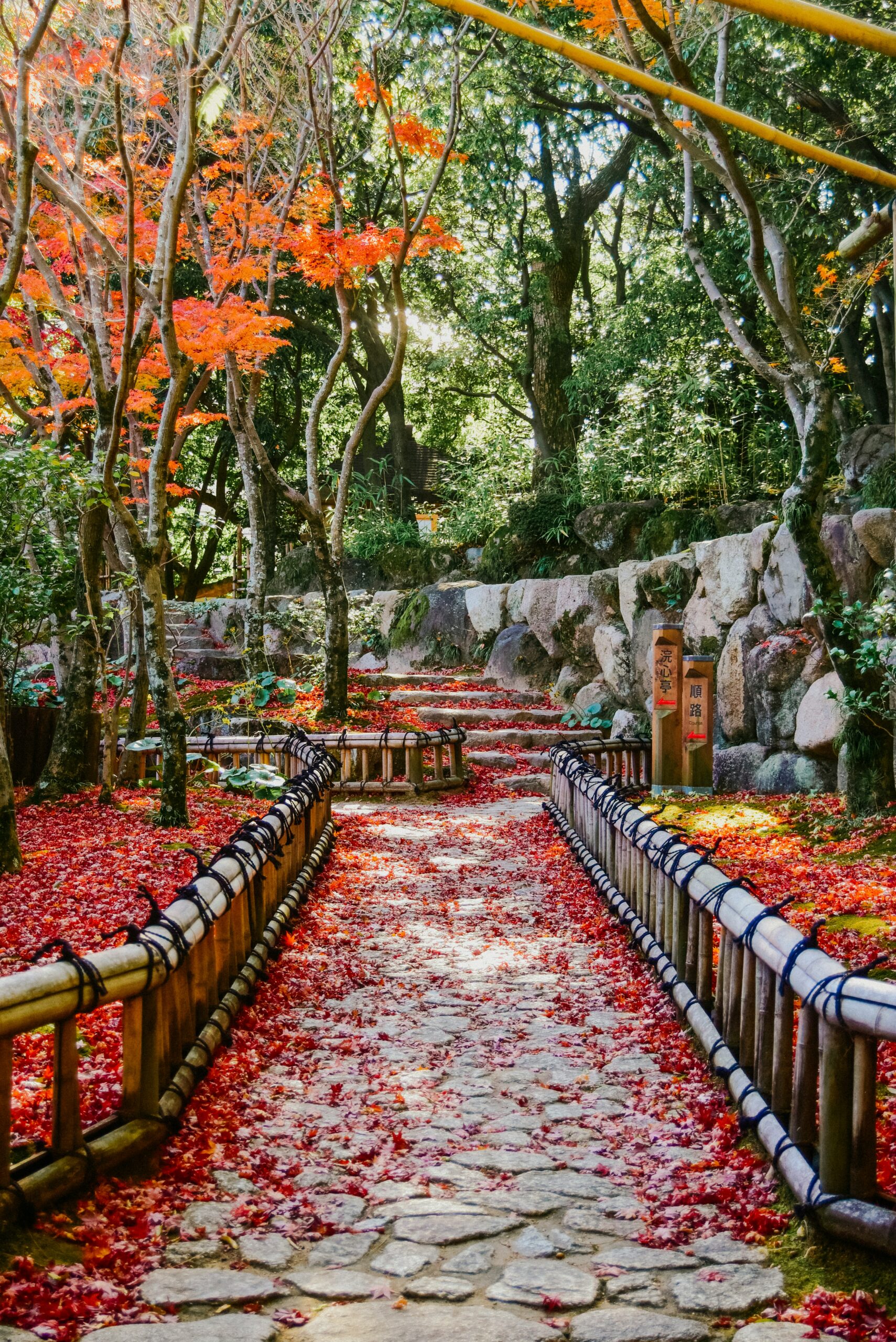
Professional photography sessions capture the timeless elegance of kimono tea ceremonies
Conclusion: A Living Tradition You Can Experience
Wearing a kimono at a tea ceremony in Kyoto is not just sightseeing—it is living history. It allows you to connect with centuries of tradition, appreciate refined Japanese aesthetics, and bring home unforgettable memories.
Whether you are a traveler seeking authenticity or a culture enthusiast, this experience is a bridge between past and present. And with Kyoto’s magical atmosphere, the photos and memories will last a lifetime.


コメント